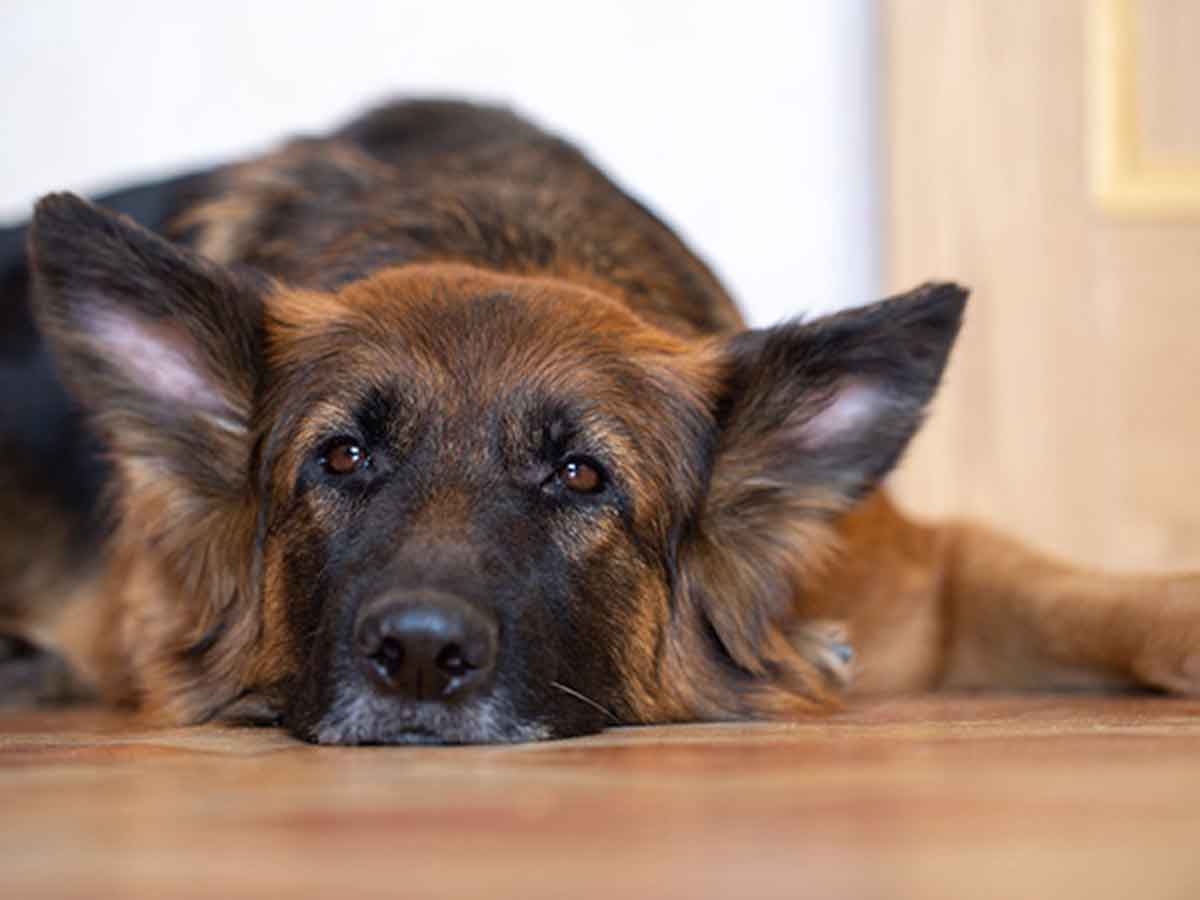Bad behavior in dogs covers a wide range of issues — ignoring commands, breaking house training, inappropriate shows of dominance and destructiveness, fighting, and biting — should always be taken seriously.
That said, whatever action you take should match the misbehavior. For example, if a grown dog is breaking training, a visit to the veterinarian first should rule out any kind of illness. A healthy dog that pees in the house may simply need a refresher course in crate training.
One good way to deal with bad behavior is to block it and replace it with another activity. If your dog is a chewer, don’t leave shoes lying around. Consider spraying nose-level temptations with bitter apple. Also, invest in safe chew toys. Ask your veterinarian for recommendations.
In some cases, pent-up energy leads to bad behavior. A brisk walk, running, swimming, chasing a tennis ball or playing Frisbee together are all good exercise and a tired dog is less likely to convert over-exuberance into aggression.
Warning: Danger!
“Is your dog friendly?” is a common question on streets and dog parks. Pet parents who can’t trust their dogs to be calm and submissive with strangers know better than to say yes. Because as sweet and placid as a dog may behave at home, he can turn into Cujo in public. And being on the other side of the leash from a canine delinquent can range from embarrassing to frightening.
According to the ASPCA, there are more than 10 types of aggression. The same article helpfully lists the sequence of behaviors that can lead to an attack. People with aggressive dogs should familiarize themselves with them.
12 do’s and don’ts
1. Do acknowledge that as the leader of the pack, it’s your responsibility to teach your dog that aggression will not be tolerated
2. Do accept that aggressive dogs pose a threat to the people they live with as well as to strangers
3. Do be consistent about the rules you establish
4. Do realize that some impulses are natural, such as chewing and pulling — although dogs can be trained to refrain
5. Do keep your dog leashed in public
6. Do anticipate explosive situations and keep your dog out of harm’s way
7. Don’t look an aggressive dog in the eye and try to stare him down
8. Don’t reward aggressive behavior with petting or treats
9. Don’t hit or physically punish a dog — it’s not only cruel; it doesn’t work
10. Do keep vaccinations up to date — a dog that bites and does not have a recent rabies shot may be euthanized in many states
11. Do call your veterinarian or your local animal shelter for guidance on good sources of training
12. Do find a private trainer if your method of discipline doesn’t yield results
By the book
If you want to know how the experts deal with specific behavior problems, consider picking up one of their training manuals. Good ones include:
“How to Be Your Dog’s Best Friend” by The Monks of New Skete
“How to Behave So Your Dog Behaves” by Dr. Sophia Yin, DVM, MS
Want to share this article?
More like this
Understanding cat aggression
Find out why your cats are being aggressive and how to help them get along.
See the world through your dog’s eyes
Get a dog’s-eye view by understanding how your dog sees differently than you.
How to keep your pet entertained while you’re away
Tips and tricks to keep your dog or cat from getting lonely – and mischievous – while you’re gone





 Austria
Austria Belgium
Belgium Czech Republic
Czech Republic Denmark
Denmark Europe
Europe Finland
Finland France
France Germany
Germany Greece
Greece Hungary
Hungary Ireland
Ireland Israel
Israel Italy
Italy Netherlands
Netherlands Norway
Norway Poland
Poland Portugal
Portugal Romania
Romania Spain
Spain Sweden
Sweden Turkey
Turkey United Kingdom
United Kingdom United States
United States